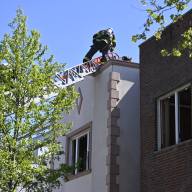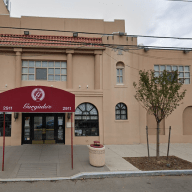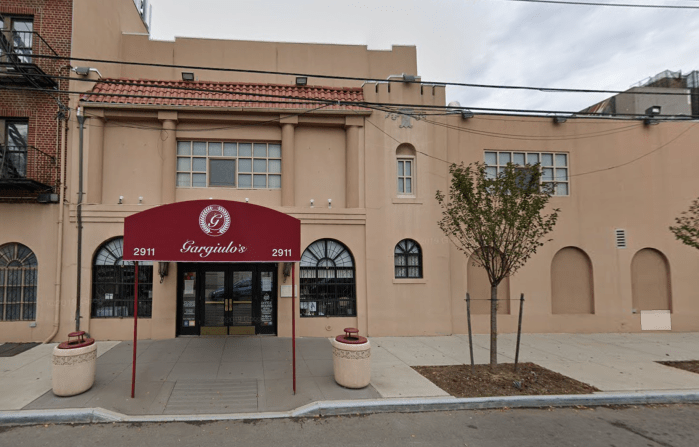Panelists participating in the Park Slope Civic Council’s Future of Fourth Avenue forum at St. Thomas Aquinas Church earlier this week said all the right things about diversity, safety and accessibility, but residents weren’t buying any of it out without skepticism.
Park Slope Civic Council President Ken Freeman set the evening’s parameters by first informing neighbors what the forum would not be about.
“No one is happy with the big buildings and shoddy construction [along Fourth Avenue]” Freeman tried.
Purnima Kapur, director of City Planning’s Brooklyn Office, nevertheless drewacerbic groans from neighbors when she went off script and tried to tout the supposed benefits of 2003’s highly-contentious rezoning that now makes 120-foot tall structures along Fourth Avenue possible.
Community Board 6 District Manager Craig Hammerman simply said, “We can do better.”
Hammerman, who along with Kapur, was joined on the panel with Ethan Kent, Project for Public Space vice president, Ryan Lynch, Tri-State Transportation Campaign senior planner, David Sweeney, Public Services Corporation founder and president and Elizabeth C. Yeampierre, UPROSE executive director, argued that the roughly six-mile thoroughfare cutting through three different City Council Districts in Brooklyn could be the city’s next “great boulevard.”
But only with thoughtful planning and preparation.
Before giving way to a “breakout session” where assembled neighbors formed groups and devised their questions for the experts, panelists stressed the importance of enlivening Fourth Avenue and simultaneously making it safer for pedestrians, motorists and cyclists alike.
Kent suggested that the corridor leading to Flatbush Avenue could even become the “center for the whole borough” and not just a place to “get through.”
Over the last 11 years, Kent and the PPS have worked on redesigning public spaces in places like Times Square in New York and Sub Centro Las Condes in Santiago, Chile.
For all the envisioned changes, however, Yeampierre warned that Fourth Avenue must be recognized as anactive escape route for residents in the event of emergencies, and that what might be vital in Park Slope might not be all that important in Sunset Park.
“Priorities are going to be different between neighborhoods,” Yeampierre said. “We have to think about the worst thing that can happen in our community.”
Despite City Planning’s critics, Kapur insisted that Fourth Avenue is “in a good place.”
“Whether we like it or not we’re going to continue to grow,” Kapur said.




















